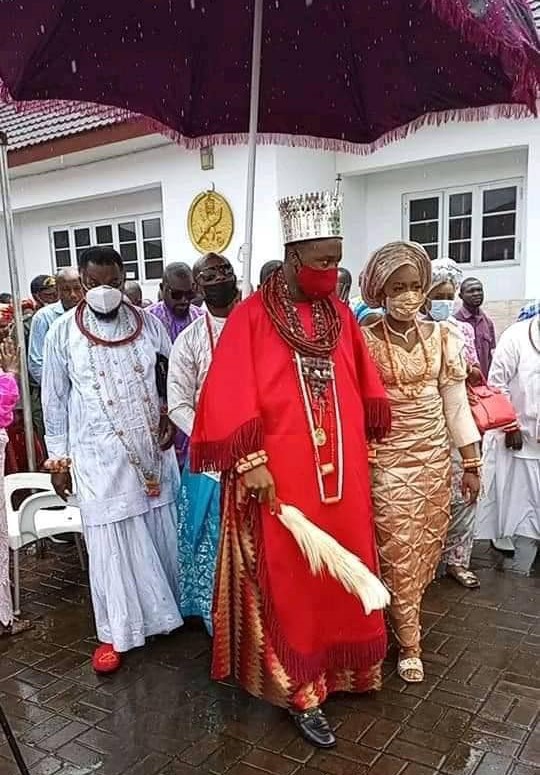Why does the coronation of the Olu of Warri & the semiotics of it, vaguely remind me of the coronation of a Pope? The last ‘proper’ coronation of a Pope was in 1958; that of Pope John XXIII. Paul VI had a brief one in ‘63. Popes have since been inaugurated; no longer coronated.

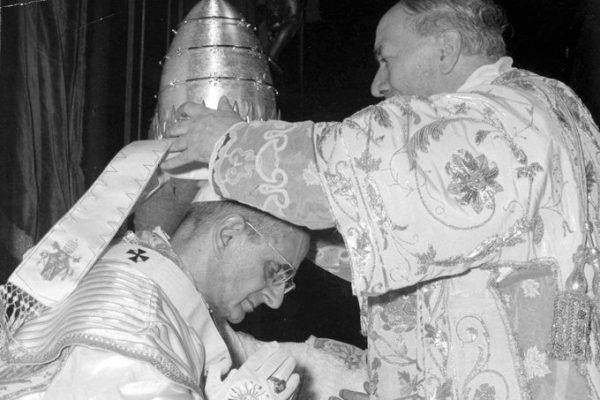
I’ve seen film strips of Pope John’s 1958 coronation, and the similarities are too striking! The general ecclesiastical ambience of the Warri royal court is also noteworthy. Warri does not have a direct historical relationship with the Vatican. So where is this similarity from?

Contact between Warri & the Vatican was by letters; like the one written by the mixed race, (Itsekiri/Portuguese) Olu, Antonio Domingos Obanigheren I, to Pope INNOCENT X (reigned 1644-1655), asking him to send him Missionaries “for his own good and that of his subjects.
The definite link then is Olu Oyeomasan Dom Domingos, Atuwatse I, the father of Antonio. As a young Prince, his father, Olu Sebastian Atonrogboye had sent him to King Phillip of Spain & Portugal, to go to University of Coimbra. He’d earlier been home schooled in Warri by monks.
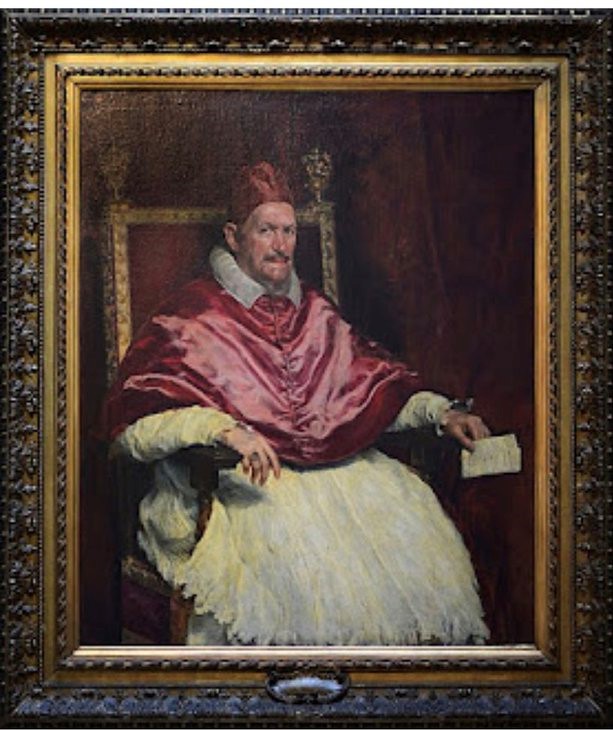
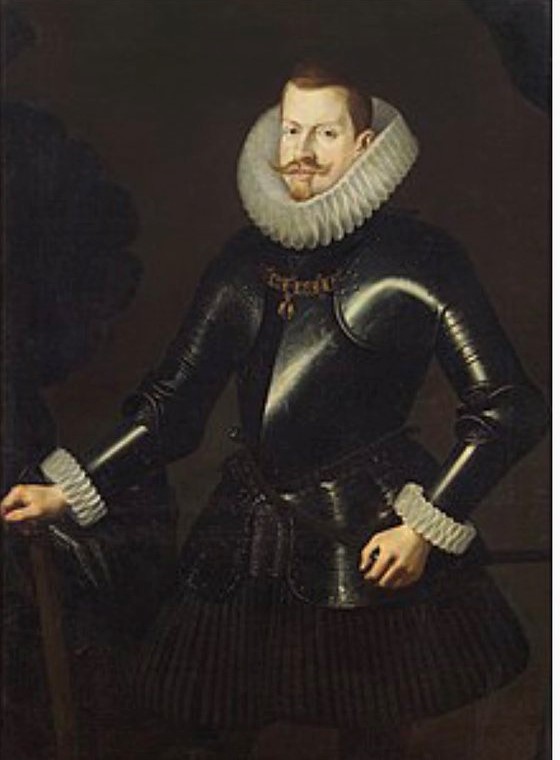
The king placed him on a generous personal yearly allowance. He also made funds available for two servants & a clerk. He put him under the care of the Vice King, who at the time was the Cardinal Patriarch & Archbishop of Lisbon, for his education.
Now, the patriarchate of Lisbon & its Cardinal Patriarch enjoyed certain privileges from the Holy See. These were unique & unprecedented privileges exclusive to the Portuguese hierarch.
Some of the privileges the patriarch enjoyed included concession in the use of some insignia and vestments exclusive to the Pope, in masses, processions & ceremonies.
Prince Oyeomasan lived in Portugal for 11 years as a ward of the vice king & Cardinal Archbishop of Lisbon.
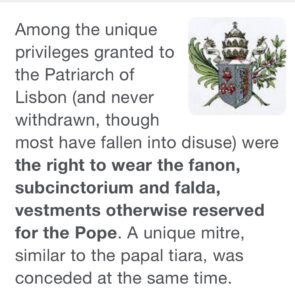
One of the similarities in dressing is the Papal fedora which the Pope & the Portuguese hierarch would wear on their procession to venues of an event. It comes in white red & black, & may have a decorative ribbon.
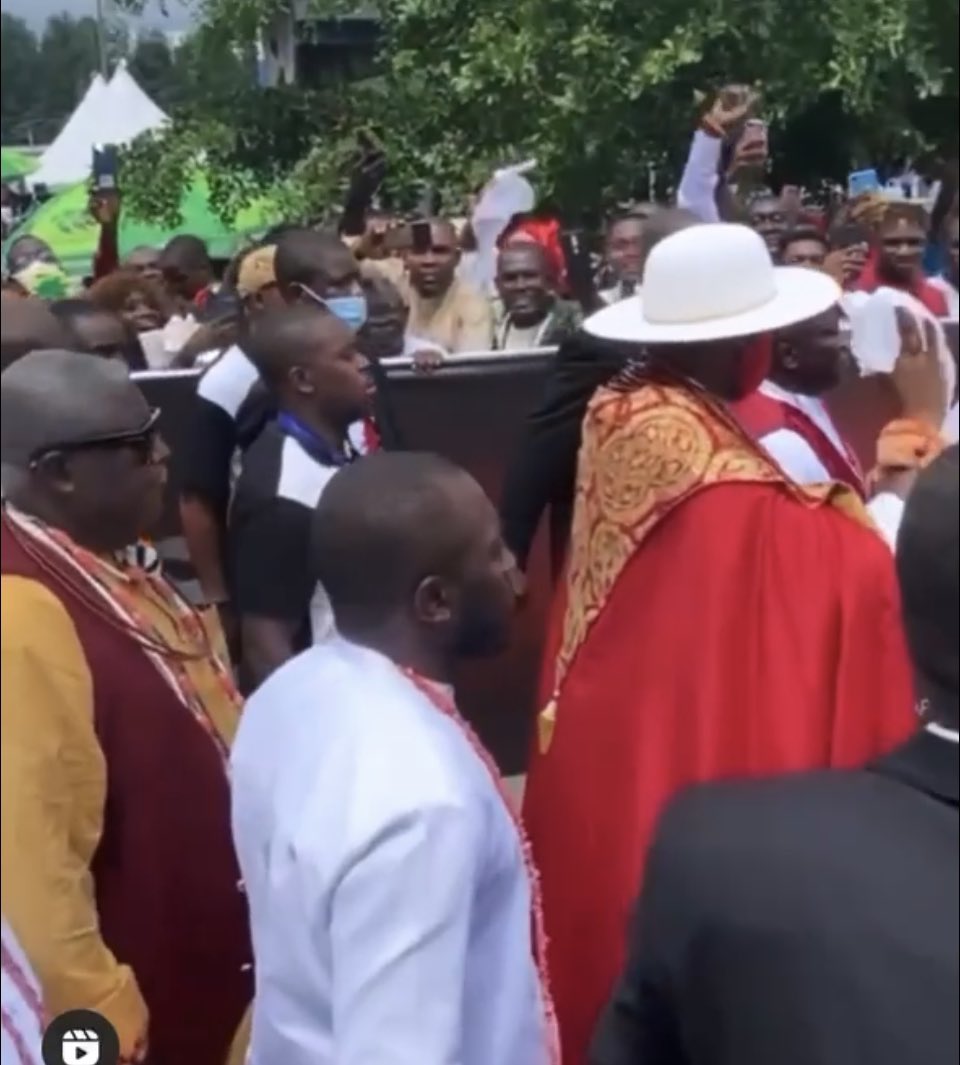
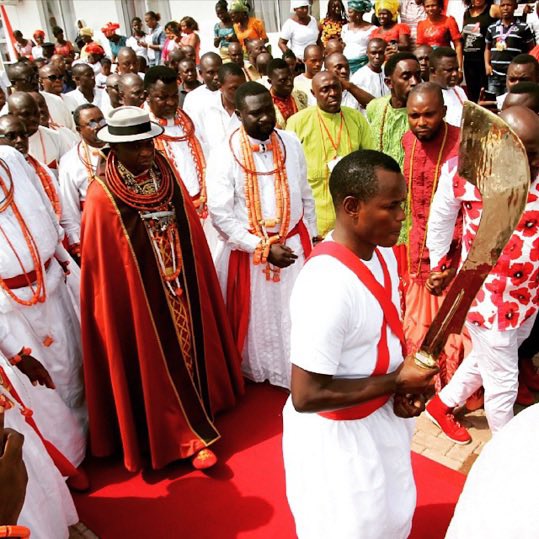

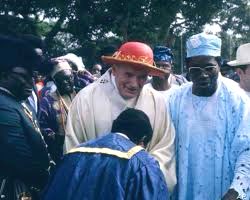
Another similarity; the tasselled fascia (belt) which properly should be worn well above the belly.





Another element of similarity: ceremonial acolytes wearing the crossed shoulder stoles wrapped round the body like a St. Andrew cross, as in the old era eastern rite vestments of subdeacons.

Oyeomasan’s 11 year stay in Portugal meant ample time to observe traditions, ceremonials & vestments of the Vice King. He even became initiated as a Knight Templar, into the Portuguese Military Order of Christ, & became authorized to wear the robes. He brought 2 silver crowns.
The red and white of the Order of Christ features a lot in Warri court ceremonies. It’s also dominant with the Olu’s red cope, over a white alb, worn on top an embroidered long gold robe.


The cross embroidered on the chest strap of Ikenwoli’s red cope (in the middle of the circular corals) is the Order of Christ’s symbol.


The cross atop Olu Ikenwoli’s chair, though not very clear, bears a vague resemblance to the cross of the Order. Also the one atop his crown. His robes in the picture on the right also bear the order’s cross down the middle. Notice also his red papal loafers.
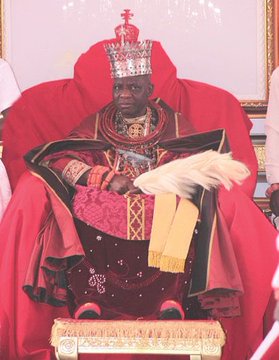
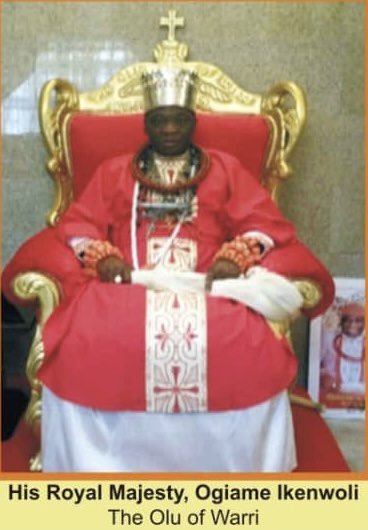
Ogiame Atuwatse III wearing a modern purple and white Latin rite chasuble
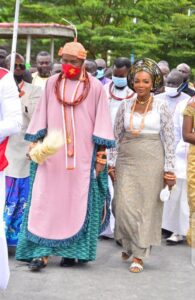
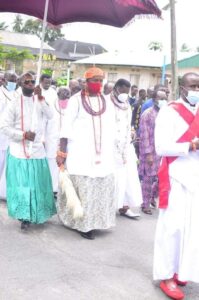
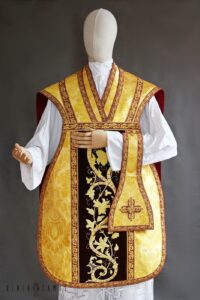

Very little difference here between the Olus and the Popes wearing crowns.

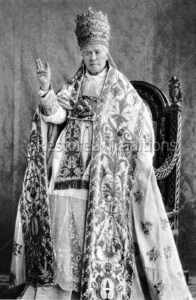
The Olu’s procession to the coronation venue in the ecclesiastical reverse ‘seniores priores,’ is also striking. Lead party is made of Ojoye palace chiefs in their red and white, processing in twos, with Chief Iyatsere, most senior at the rear, vaguely resembling cardinals.
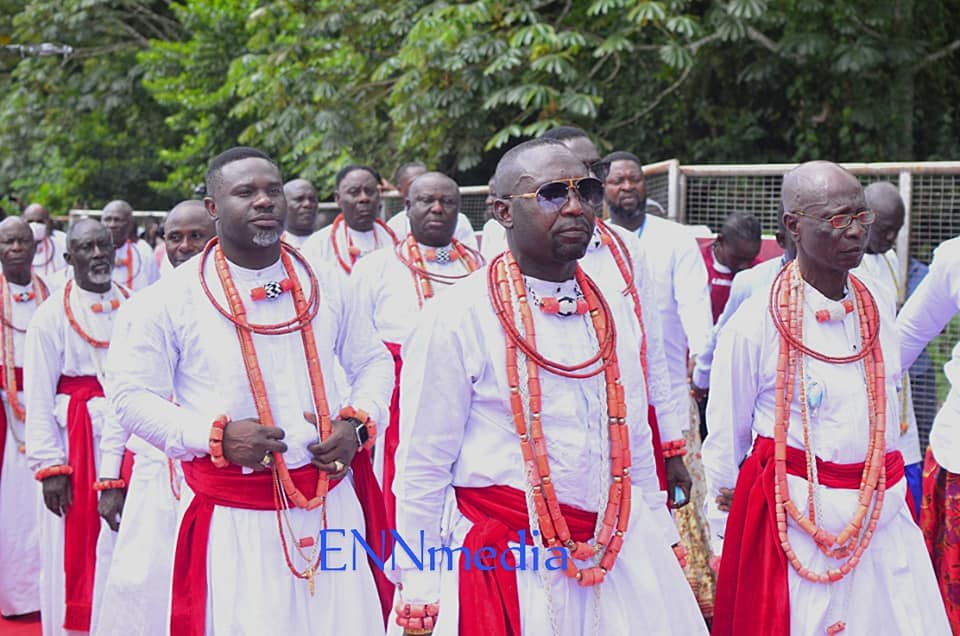
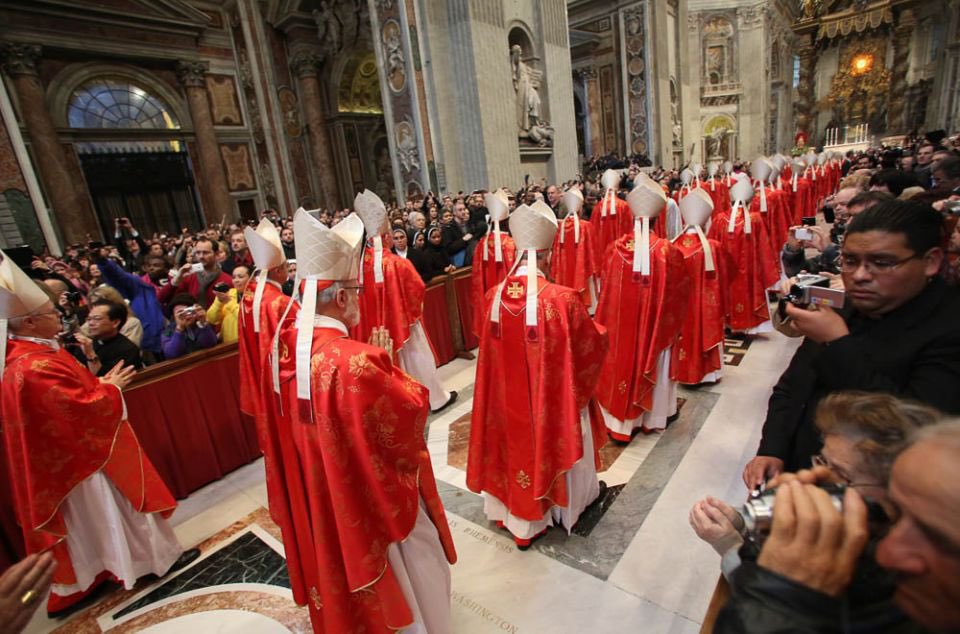
Then come the men of the Olu’s household, the Otu Omoba, wheeling the throne in procession to the venue. In ancient papal fashion, he’d have sat on the throne and be carried aloft by men of the papal household.


Olu’s party is at the rear, led by 2 arms acolytes, followed by Olu with 2 ‘deacon’ equivalents at each side. 1 corresponds to the master of papal ceremonies & the other; papal butler.
At the rearmost is Olori-Ebi, the regent since the throne became vacant and the day’s real host.

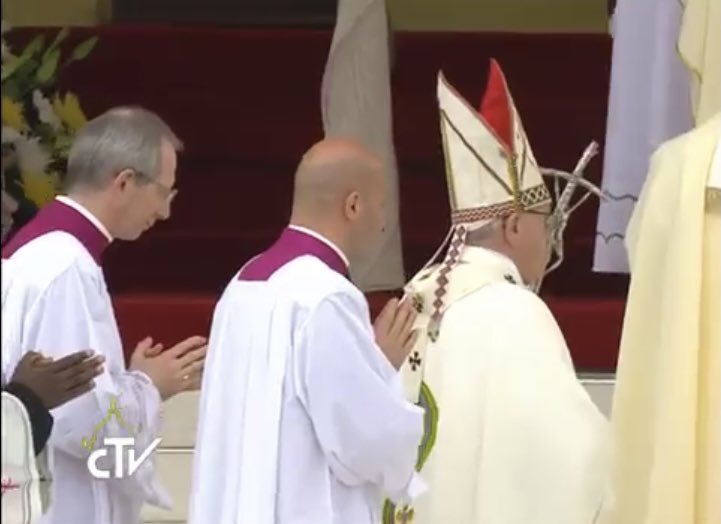
Priestly robes are called choir dress. The only thing that distinguishes the priest from choir & any other functionary wearing robes, is the stole/sash/preaching/scarf which is worn around the neck. No where is the Olu seen wearing this sash, showing this isn’t a blind copy.
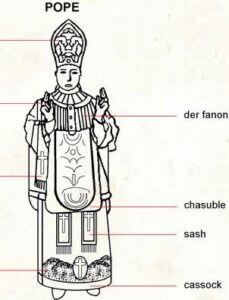

An aside: with these, those quarrelling with the singing of Christian songs at the event show a total lack of appreciation of Warri’s past.
Christian rites and beliefs have been part of its court ‘culture & tradition’ in a type of ecumenical mix with Yoruba belief, for almost 500 years.
Caveat: My comparative analytical observations may well be mere coincidences & the symbols highlighted may have their own significance, original to Warri. I’ve only drawn my own conclusions and may have provided pointers to serious scholars to follow up and affirm or debunk.

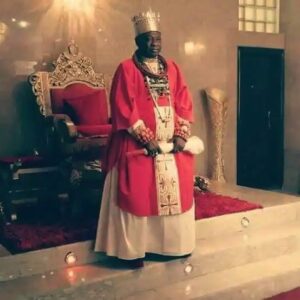
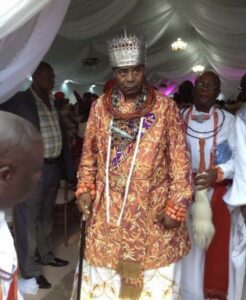
It’s interesting how an event that doesn’t hold too often offers up so many hidden treasures. May the new king live long and reign in peace & prosperity!
Ogiame! Suo Bàbá!
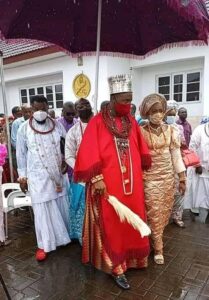
Source: Gbenro Adegbola from Twitter (https://twitter.com/GbenroAdegbola/status/1431444748334682112?s=20)
